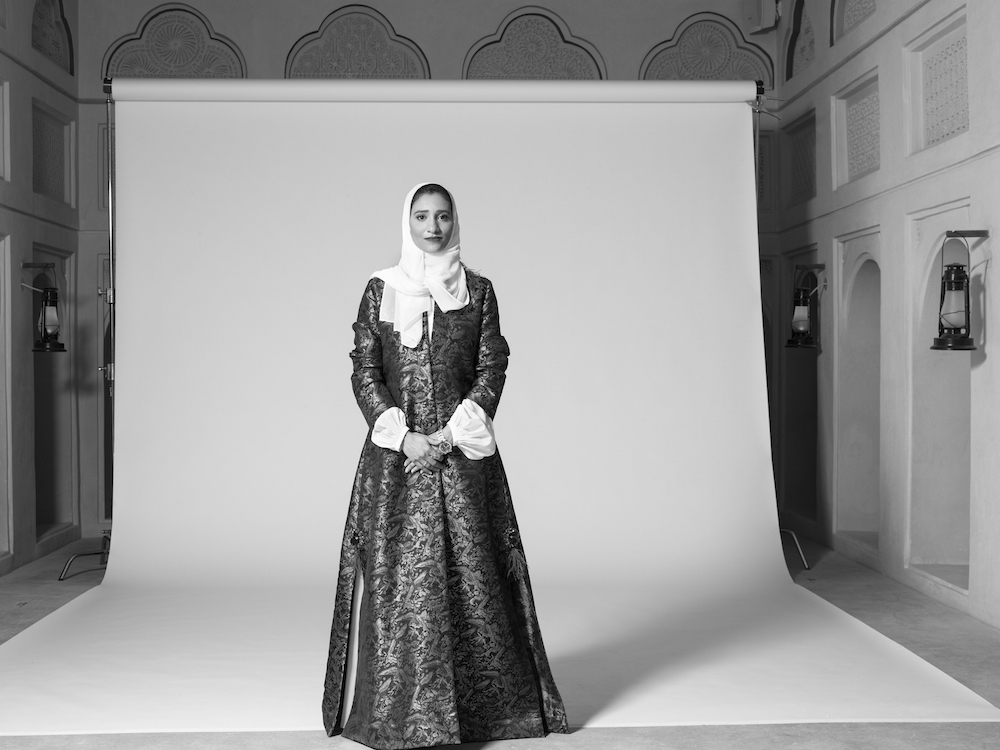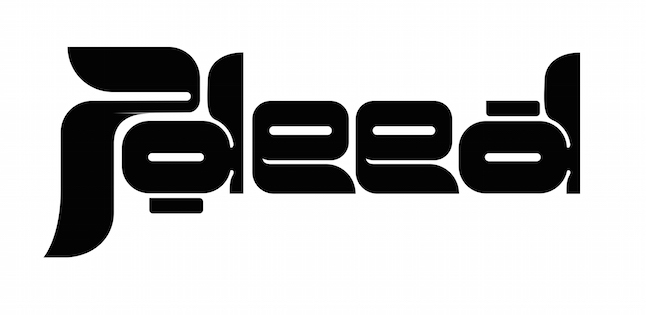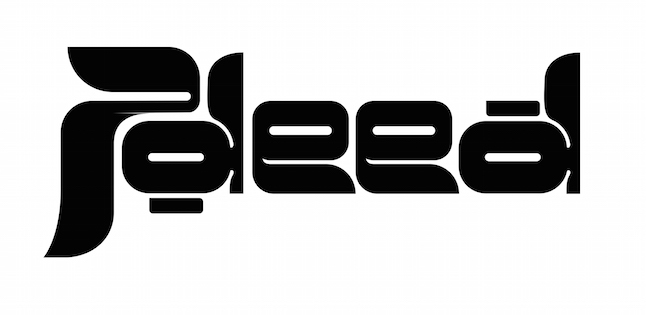
Art
Exhibitions 101: Sheikha Reem Al-Thani on Creating Museums of the Future
Sheikha Reem Al-Thani does it all. Acting Deputy CEO of Exhibitions and Marketing and Director of Central Exhibitions of Qatar Museums, in addition to being an Adjunct Professor at VCU-Qatar, is just the start of her expansive experience bringing life to exhibitions and museums. A multidisciplinary, human-oriented designer, Sheikha Reem’s work is all about engaging audiences, inspiring young people, and elevating stories from the past into the future. With an unprecedented amount of cultural production in Qatar this year – from unveiling new public works to groundbreaking exhibitions – we caught up with Sheikha Reem to learn all about Qatar Museums’ journey to the future.
By Ethan Dinçer
How do you imagine futurity and museums in your work, both within Qatar Museums and your own practice?
Sheikha Reem Al-Thani (SRA-T): We are continuing work on museums of the future. The National Museum of Qatar – that’s a museum of the future. We are going to keep adding to it, it’s not a didactic thing that will stay forever, it shouldn’t. There are new narratives, understandings, and research, especially in Qatar because we were not a documenting culture. Now that we have a better understanding of what that means, we can grow much faster. Even if other places around the world have histories that comparatively aren’t long, they have museums that have been documenting that history for a long time.
Architecture, for example. The middle of Doha – these glass towers are not our architecture. The Msheireb neighborhood is different because the architects took the stance of designing what would have happened if we had developed ourselves over time without international influence. Msheireb is a really good case of what Qatar would have looked like, but again, that’s one interaction out of multiple.
I see the same in museums and the creative field that we’re in – we’re going to keep growing in our own way, and even though we’re more global than ever, we are still keeping a sense of who we are. Our voices are the most important thing for me.
Can you expand on Qatar Museum’s research programs? Who is doing that research and how is it coming about? How does research fit into the creation of exhibitions and spaces?
SRA-T: There are multiple ways that research fits into this.
The National Museum was more than 10 years in the making of oral history collection – nothing was written down. We needed to get oral histories, collect information, and draw from our own collections. The research we did to build the National Museum went into the history textbooks for those learning history now. I learned about Aztec, Mayan, British histories in school – I did not learn about my own history. But now, they have books that actually document the history of the country.
We have scholars, researchers, and curators that are all working on different projects based on our collections. For example, the Lusail Museum exhibition. What’s in that exhibition is just 1% of that specific collection. We’re encouraging curators and researchers to be from here – the fashion curator of the Lusail Museum is a Qatari woman.
There are a lot of research initiatives in Qatar. The Qatar Foundation gives grants for research. When I was a student, I took the Qatar Foundation grant with my peers and a few teachers and we did a research project which ended up as an exhibition in an art center in Souq Waqif. The grant was about researching majlis, the spaces where men sit.
It’s quite fun to see these young people really engaging and creating new inventions now.
Reflecting on the importance of oral history, how do you keep those legacies alive in the exhibitions you create? The process of documenting is quite a Western concept and oral histories are so integral to our cultures – how do you bridge that?
SRA-T: We knew people were here that carry our history. Our generational gap is quite small but the development between the generations is so vast. That’s where we saw the problem. I don’t know everything that my parents or grandparents’ generation have lived through, and we don’t talk about it enough because we keep moving forward so quickly.
The National Museum’s galleries has a wall with videos of the older generation describing these histories. That is part of the oral history project. We needed to listen to them, we needed to document them. If they’re willing enough to come on camera we will put them on camera. There’s so much – we can sit down with anyone and hear so many nuances within that history that we knew nothing about. For exhibitions we try to work with the nuances that are in these stories. A lot of these exhibitions are about teaching and allowing people to ask questions. People learn and absorb in different ways; some learn visually, textually, or by participating. It’s about finding a way for people to be a part of the exhibition.
“We’re going to keep growing in our own way, and even though we’re more global than ever, we are still keeping a sense of who we are. Our voices are the most important thing for me.”
Seeing as the exhibitions are for so many people, and with Qatar Museums building these amazing new museums, collections, spaces, and exhibitions, how do you deal with audience?
SRA-T: Audience is huge for us. Qatar Museums is building audience and capacity – those are our two main goals. Our museums and exhibitions all deal with audience on different levels. At the National Museum, every exhibit has a smaller exhibit for kids. It’s all about how you want to interact. In working with a lot of international curators, the first thing we talk about is audience. Who is this exhibition going to be for? What kinds of things do we need to be aware of? The audience in London or New York is not the same as the audience here. It’s all about working with them and making these exhibitions successful.
Some of it involves difficult conversations. You cannot place abstract, contemporary art in front of an audience and expect everyone to understand. You need to have gradual communication, embed signals everywhere so by the time we open something, our audience has that understanding.
These exhibitions are for an international audience but are also for Qataris themselves to see these new spaces and discover their histories. How do you collaborate internationally while being very local, trying to tell local histories?
SRA-T: Qatar is a multinational, multicultural country. When we say Qatari people, that is 12% of the population. You cannot cater just to that 12% of the population. There are certain things you need to be aware of – cultural norms, being understanding of the other. We need to embed that in every exhibition. People are very cultured here. When we opened the Kusama exhibition I knew that many already saw it in London and New York, but they’re going to see it here, too. Many come to see these international pieces here because it’s from our voice.
In creating, we’ve really thought about people here in the Arab world and not just about Qataris. We’ve been thinking a lot about what it means to have these exhibitions here, it’s the main question we ask all the time. When we brought Jeff Koons here, we wanted to feature his process more than anything. The exhibition was written in his voice. The wall text was about his voice, a full retrospective on how these works came to be, how he started. We connect that a lot with the creative economy we are trying to create here. How these artists come about creating their work is a very important conversation we always have.
Do you have a favorite exhibition?
SRA-T: I can’t answer that – it’s like asking to pick a favorite child! There’s so many. Each of them has a different story, a different message, particularly the ones we took abroad.
We created the Contemporary Art Qatar exhibition that we took to Berlin in 2017-2018 and put in a huge warehouse. We worked with 9,000 square meters in this space and brought works created by artist residencies here in Qatar. These residencies are open to anyone who lives in Qatar. It was really interesting to take it to Berlin and see their perception from a different point of view.
“More than anything, it’s about that process for me. Form is not my go-to, it’s function. It’s all about creating something to solve a problem.”
What inspires you?
SRA-T: I’m a multidisciplinary designer, so I get inspiration from looking at things from a different perspective. Looking at humans and human-centric design is very important to me. I tell this to my students all the time – that they are the invisible hands when it comes to exhibitions. If there’s no content you will overdesign, and if there’s too much content you will underdesign. You need to have that mix, and be the one that subtly makes everyone in that exhibition space understand the works.
More than anything, it’s about that process for me. Form is not my go-to, it’s function. It’s all about creating something to solve a problem.
Discover more about Sheikha Reem Al-Thani and about her work on her website right here. You can also immerse yourselves in the Qatar Museums universe right here.





0 comments